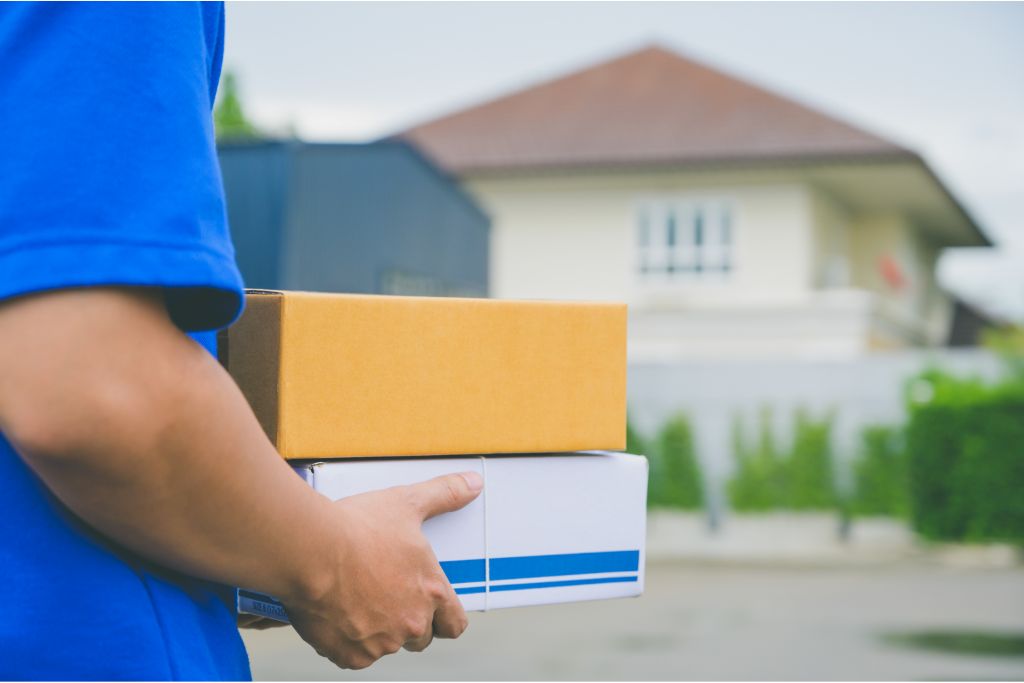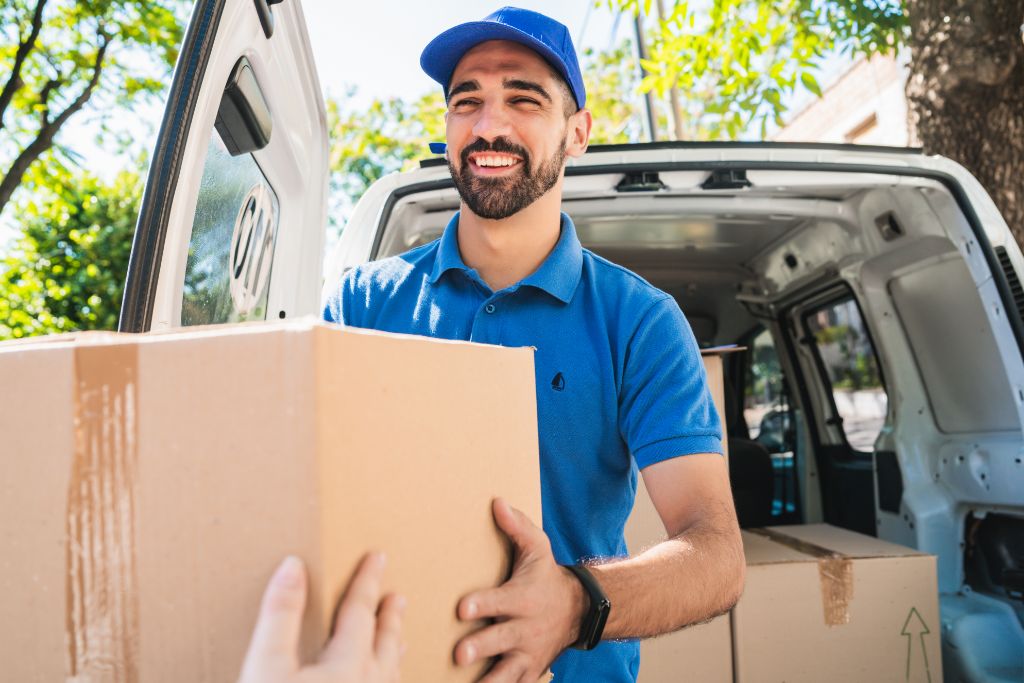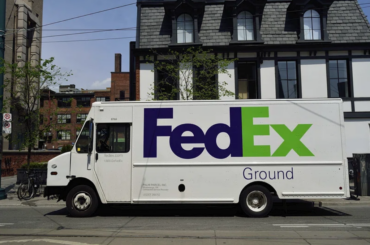Curious about what you need for smooth international shipping? How does UPS (United Parcel Service) clear the way for packages worldwide? Have you ever considered why understanding clearance requirements is crucial for sending or receiving items globally? Dive in as we explore the essential details!
Picture this: You’re sending a gift to a friend overseas or buying something unique from another country. Have you ever wondered how that product crosses borders easily? Primary shipping business, UPS, assists in achieving it. Understanding the rules and documents needed for packages to pass through customs is vital.
Why is this info crucial? Without the proper clearance, your item might get stuck at the border! This guide isn’t just for sellers, it;s for the buyers’ benefit, too. Knowing what’s required makes shipping easier and ensures your goodies arrive on time.
Understanding UPS Clearance Information

UPS clearance information is about the details and paperwork needed when shipping things between countries. Customs needs this information to determine what’s inside the package, its value, and whether to allow it. Without this clearance, packages might get stuck or sent back, causing delays.
This clearance info is needed when sending valuable or large items across countries. Things like gifts, essential documents, or stuff you buy from another country all need this paperwork. Even if you’re sending a birthday present to a friend in a different place, having this info ready is essential.
Different types of stuff need this clearance. It could be anything from a small present to a big box. The destination country’s requirements may require clearance information for documents, clothes, toys, electronics, and food.
UPS Clearance Information Requirements
When packages travel across borders, UPS needs a few key things. First, they ask for specific details and documents to help things move smoothly. Stuff like a detailed description of what’s inside the package, its value, and where it’s from.
They often need a commercial invoice, like a shopping list showing what’s in the box and how much it costs. Then there’s the packing list, like a roadmap of everything in the package. These documents help customs understand what’s being sent and if any rules or taxes apply.
Commercial invoices are like a shopping list that tells customs about the items and their prices. It’s saying, “Hey, this is what’s inside and how much it’s worth.” Then there’s the packing list, which is more like a map showing everything in the package.
It’s super helpful for customs to check and ensure everything matches up. These papers make the whole process smoother and help everyone involved understand what’s going on from one place to another. UPS needs them to ensure the package gets where it needs to go without any hiccups.
The UPS Clearance Process
Navigating the UPS clearance process may seem complicated, but breaking it down simplifies it. This essential process ensures packages smoothly cross borders without delay. Understanding these steps can make international shipping a breeze.
Documentation Collection
The process begins with the collection of vital documents. These typically include a commercial invoice, a packing list, and any specific permits required for the shipped items. These documents provide essential information about the nature and value of the goods, aiding customs in their assessment.
Submission to Customs
Once the documents are ready, they’re submitted to the customs authorities. UPS electronically sends this information, streamlining the process. The information is checked by customs to ensure the package meets the receiving country’s regulations.
Customs Review and Assessment
During this stage, customs officers thoroughly inspect the documentation. They confirm the accuracy of the information provided. If necessary, they may request further details or clarification. This step ensures that all legal requirements are met before allowing the package to proceed.
Duty and Tax Determination
Customs calculates any applicable duties and taxes based on the declared value of the items. These charges ensure compliance with the importing country’s taxation policies. Once these fees are determined, the recipient is informed and required to pay them before the delivery.
Release and Delivery
After the duties and taxes are settled and the customs procedures are completed, UPS receives clearance. The package is then released for delivery to its final destination. This marks the successful completion of the UPS clearance process.
Common Challenges in the UPS Clearance Process
Introducing the UPS clearance process might seem like solving a puzzle. Sometimes, unexpected things can pop up during this process. Here are a few common challenges to watch out for:
- Missing Documents: Imagine sending a letter without an address! Similarly, more paperwork is needed to speed up the clearance process. All the required papers need to be in order.
- Customs Hold-Ups: Sometimes, packages get held up at customs, causing delays. This delay can happen due to rules and regulations.
- Payment Problems: During clearance, unexpected fees or payment issues may crop up, causing a hiccup. It costs a bit more than you thought.
Tips for Providing UPS Clearance Information
Have you ever wondered how packages zoom across borders? It’s all in the clearance game! Here are five UPS clearance tips:
Prepare Your Papers
Gather all the needed papers before your package crosses borders like a pro! Think of these papers like your package’s passport. They show where it’s from and where it’s going. Make sure they’re all set before they start their journey!
Details Matter
Little details can be big game-changers! Double-check all the info you give. Names, addresses, everything!
Be Contact Ready
Keep your phone close! Sometimes, UPS might need to ask you something. So, staying reachable can make things smoother.
Patience is Key
Waiting is tough, but good things take time! Once the info is out there, relax and give it some time.
Ask for Help
Don’t hesitate to ask questions! If something needs to be clarified, ask someone at UPS. Sometimes, getting some guidance makes everything clear and easy.
Final Thoughts
When shipping things internationally with UPS, following their rules about clearance info is super important. UPS needs specific details about what’s in the package to get it through customs smoothly. It will only work out well if you give UPS the correct information.
Imagine you’re sending a care package to a friend in another country. You want it to reach them without any trouble, right? That’s where the UPS clearance info comes in. Giving UPS the correct information about what you’re delivering, where it’s going, and why helps ensure your item arrives at your friend without delays.
FAQs
How Do I Provide UPS Clearance Information?
You can provide UPS clearance information by submitting all required documentation, such as invoices, receipts, and other necessary paperwork, through UPS’s online portal or directly to the customs department.
How Long Does UPS Customs Clearance Take?
The duration varies from a few hours to a few days. It depends on various factors, like the destination, the contents of the package, and customs workload.
What Does UPS “Preparing Your Package for Clearance” Mean?
This status indicates that UPS is gathering and organizing all essential documentation and details for customs clearance.
How Do I Know if My UPS Package is Stuck in Customs?
You can track your package using the UPS tracking number. If it’s held in customs, the tracking information will show a status like “Customs Clearance Delay” or “Held by Customs.”
What is UPS Customs Clearance Delay?
It refers to a situation where the package is held up in the customs clearance process. This is often due to additional document requests, inspections, or other clearance issues, which can cause a delay in delivery.





